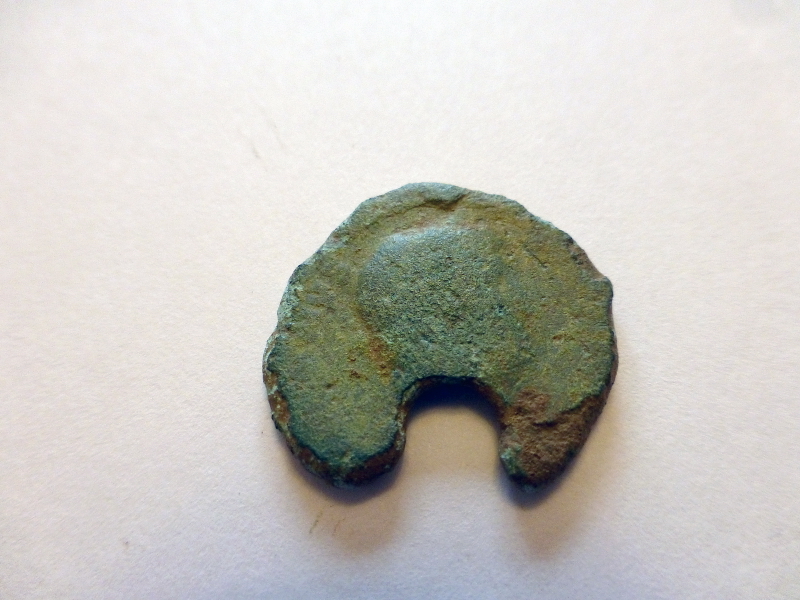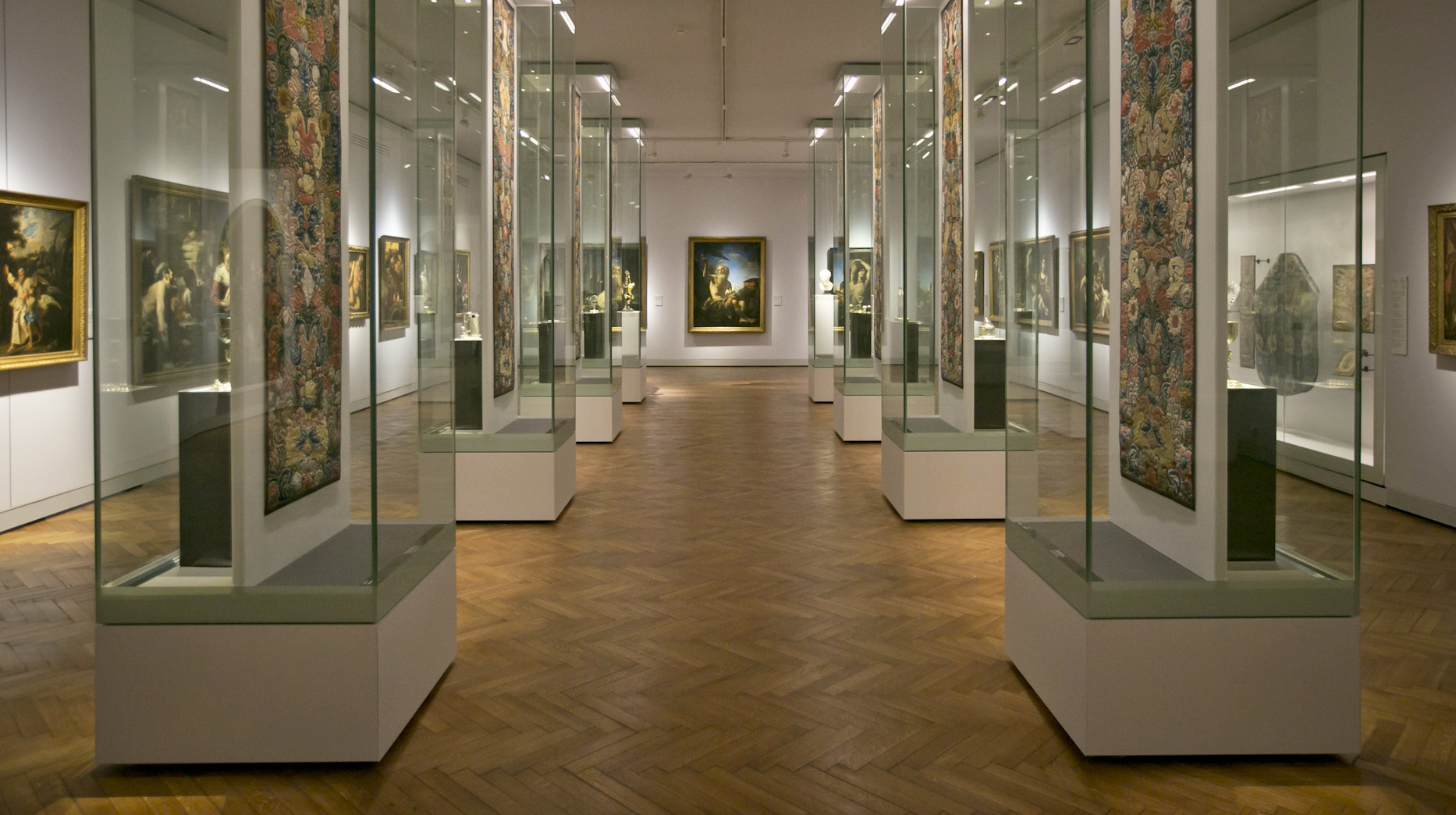
Roman Coins Gallery

Roman Coins Gallery
All the coins shown in this gallery were found in Martham over the past 50 years by a small number of dedicated metal detector enthusiasts. They have spent many hundreds of hours field walking. Individually the coins have little significance but their real value is as a collection demonstrating Romano-British occupation of the parish from 43 to 410AD
Dates in brackets represent the period the coin was minted.
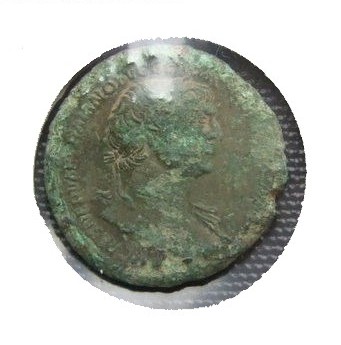
Roman sestertius of Trajan (98-117AD). The obverse shows the laureate bust of Trajan wearing the aegis (goatskin shield). The reverse depicts Pax standing left with right foot on a Dacian, holding cornucopia and branch.
Contributor A.
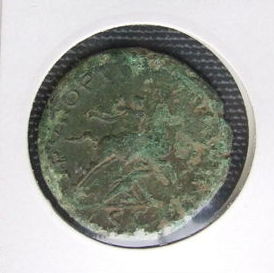
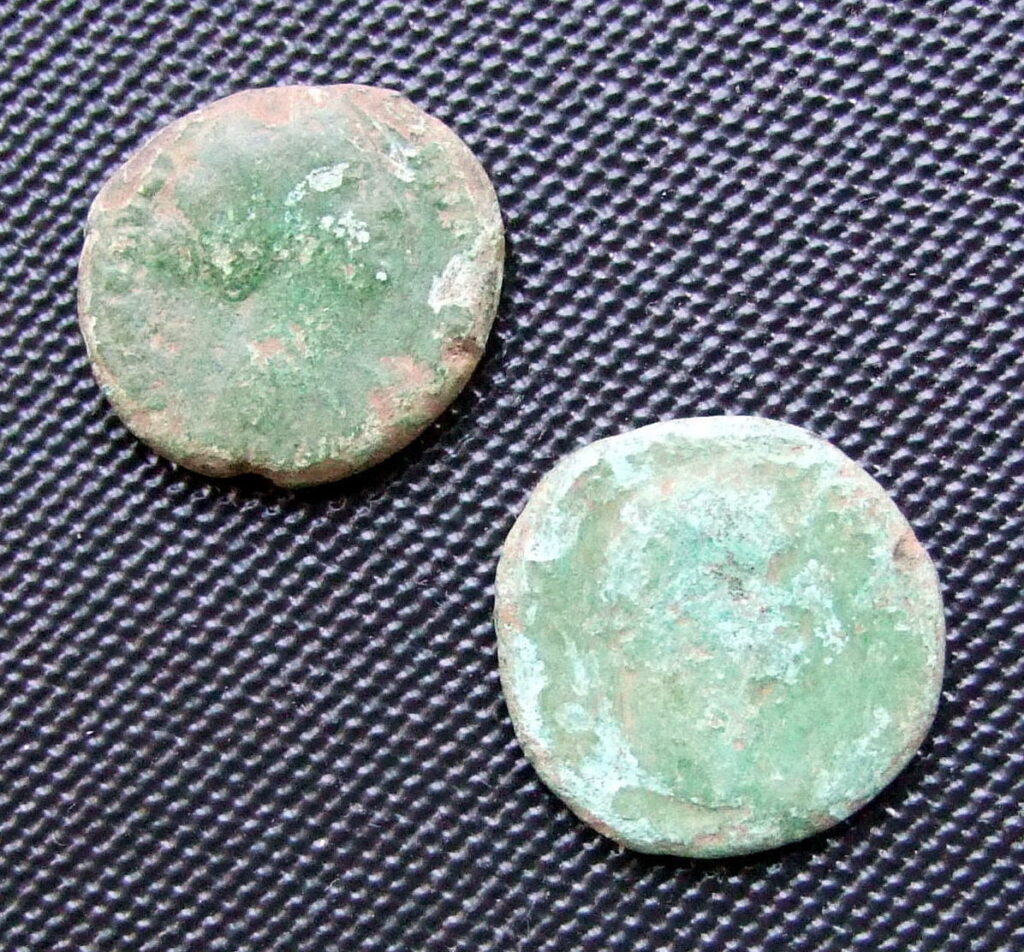
Two early Roman coins of 1st century. Left is possibly Faustina I or Annia Galeria Faustina the Elder 100 to 140 AD. She was a Roman Empress and wife of the Roman Emperor Antoninus Pius.
Contributor A.
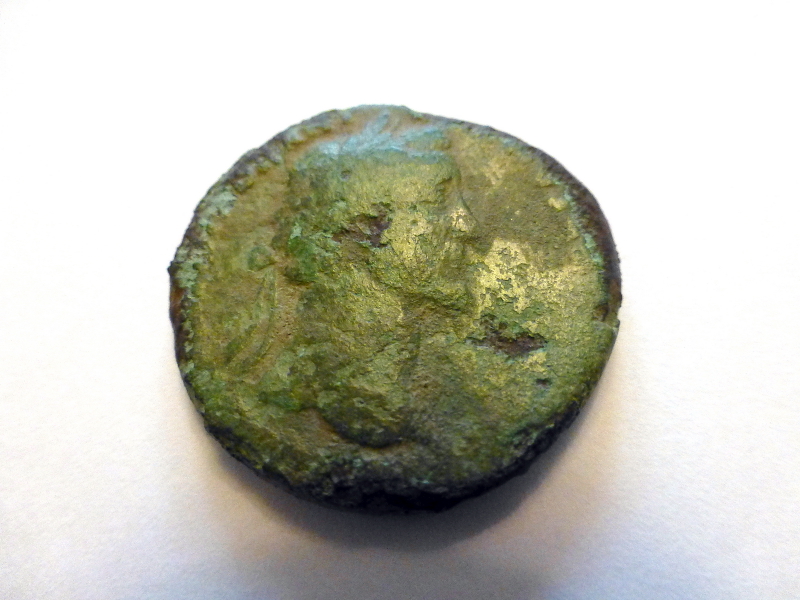
Hadrian was the Roman Emperor from 117 to 138. He was born into a Roman Italo-Hispanic family, which settled in Spain from the Italian city of Atri. He was known for his energetic building projects like his wall between England and Scotland.
Contributor Jean
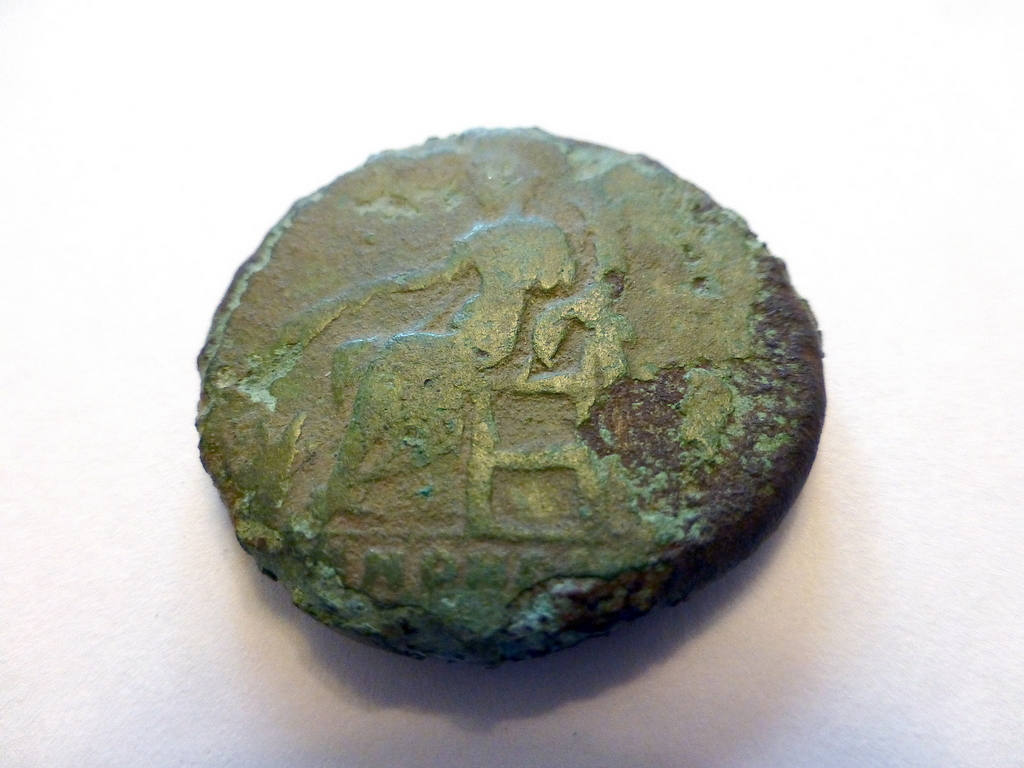
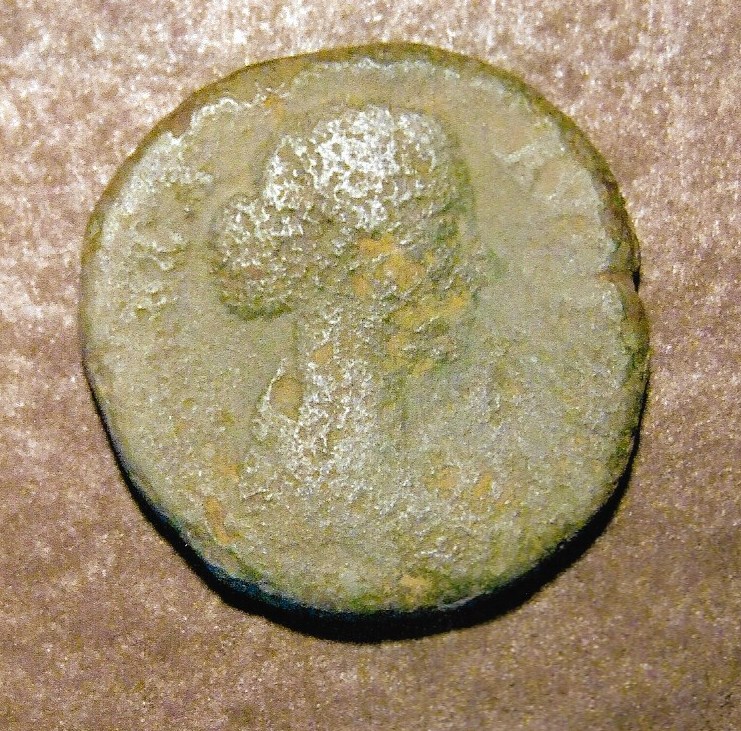
Annia Galeria Faustina the Younger was a daughter of the Roman Emperor Antoninus Pius and Roman Empress Faustina the Elder. She was a Roman Empress and wife to her maternal cousin Roman Emperor Marcus Aurelius.
Contributor PD.
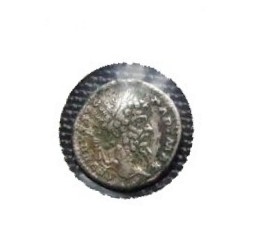
Denarius of Septimius Severus.
The denarius was the standard Roman silver coin from c211 to c244 when it was gradually replaced by the Antoninianus.
Septimius Severus, 145 to 211, was born in what is now Libya and became Roman Emperor in AD 193 after a ruthless campaign against his rivals. He rose from relative mediocrity to start a new dynasty and his tenure as Emperor from 193 to 211 was characterised by battling usurpers and brutal military campaigns in Parthia and Britain.
Contributor A.
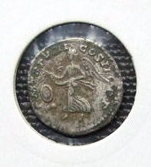
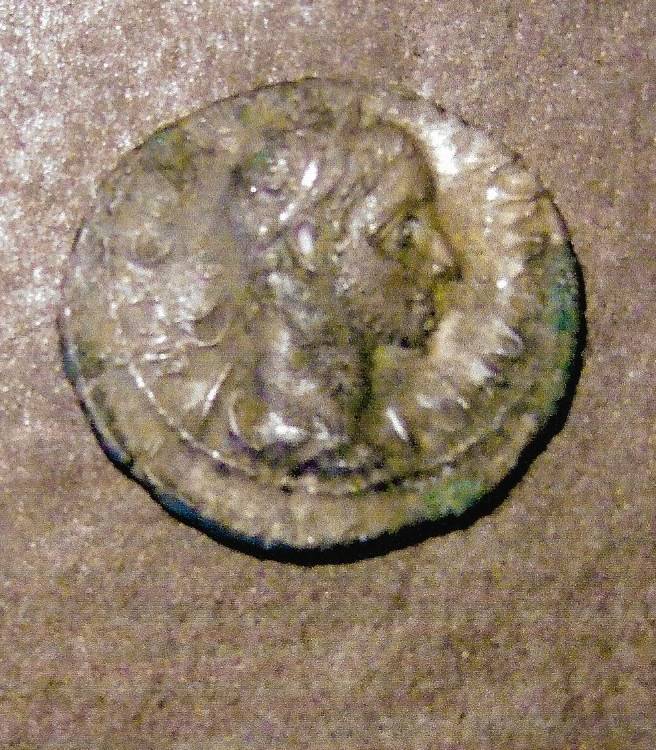
Two examples of a denarius of Marcus Aurelius Severus Alexander, 208 to 235, who was the Roman Emperor from 222 until 235. He was the last Emperor from the Severan dynasty. He succeeded his slain cousin Elagabalus.
Alexander himself was eventually assassinated.
Above coin contributed by PD.
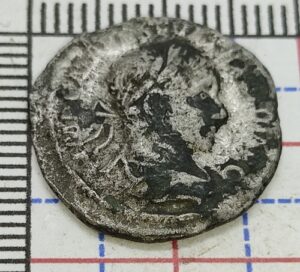
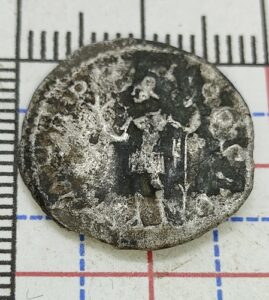
Above: Example of a denarius of the same Emperor is possibly a fourrée, which is French for fake, but the denarius was progressively being debased from Nero’s time, so by this time was probably little more than 50% silver so fake may be a little harsh as most of these coins were just debased. Found in August 2023 the contributor is anonymous.

Roman Emperor Gaius Pius Esuvius Tetricus was the Emperor of the Gallic Empire 271 to 274 AD. He was originally the praeses of Gallia Aquitania and became emperor after the murder of Emperor Victorinus in 271, with the support of Victorinus’s mother, Victoria.
Contributor PD
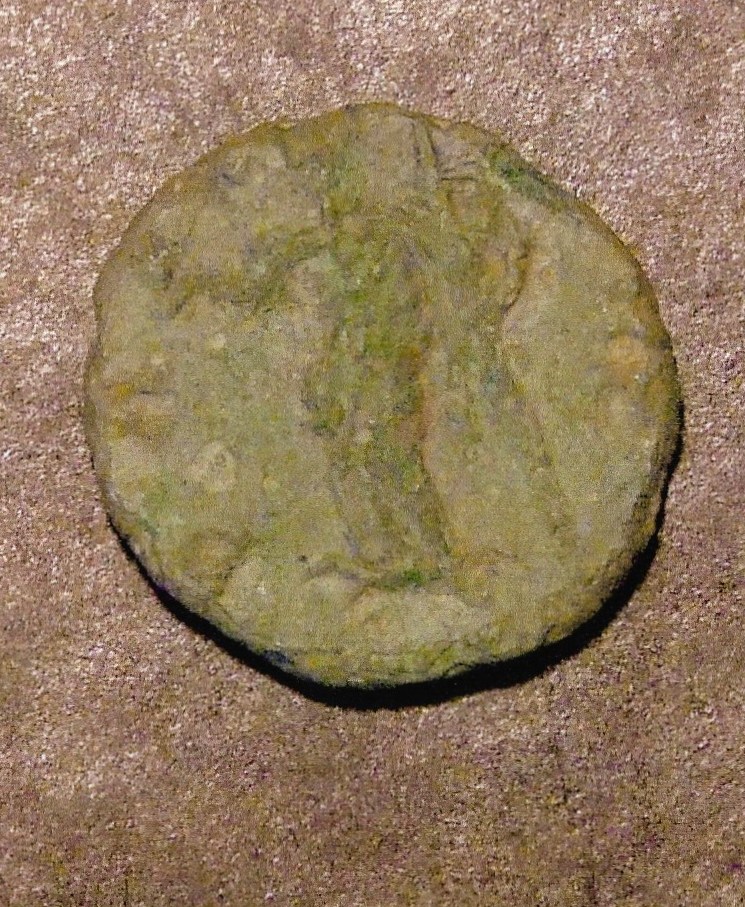
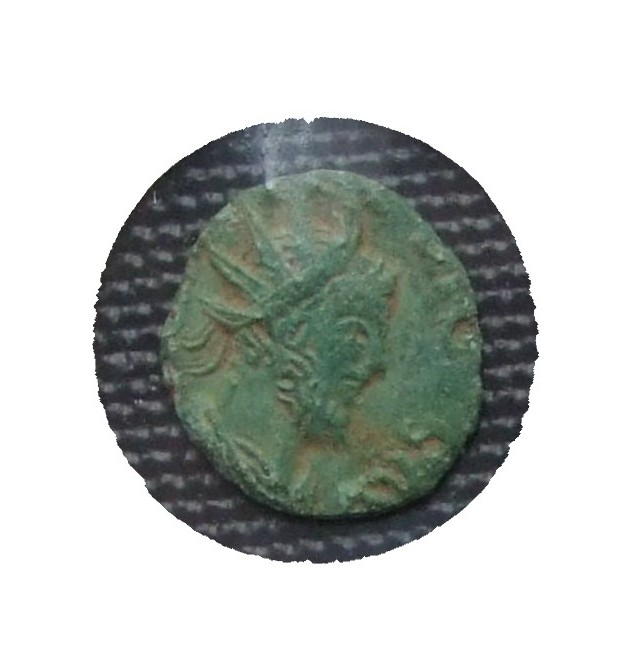
Roman Barbarous. Copy of a Tetricus I coin. The term ‘barbarous coinage’ refers to imitative coins which are often crude in style. They were probably minted because of a shortage of official coinage.
Contributor A.
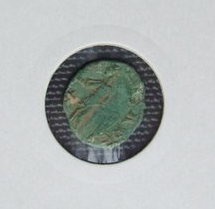
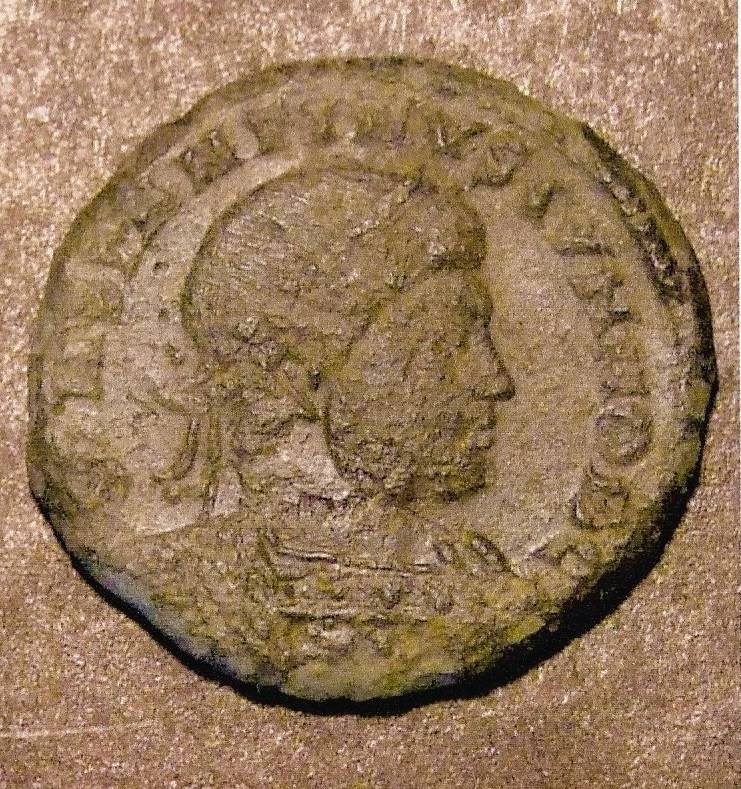
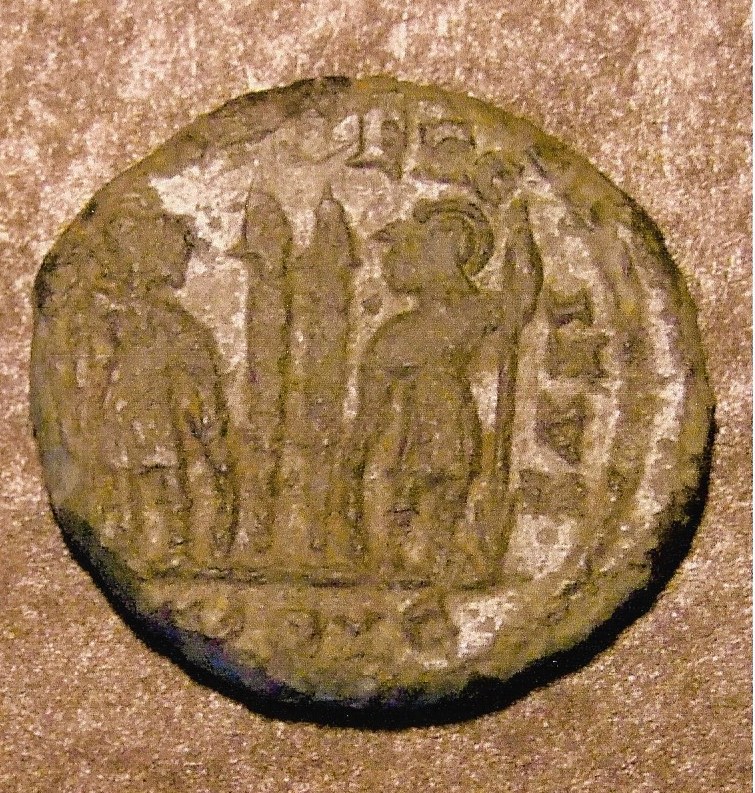
Above: Constantine I, lived from c272 to 337 and was also known as Constantine the Great or just Constantine. He was the Roman Emperor from 306 to 337. Born in Naissus, Dacia (now Serbia) he was the son of Flavius Constantine a Roman army officer who had been one of the four Emperors of the Tetrarchy. Constantine served with distinction under the Roman Emperors Diocletian and Galerius. He emerged victorious in the civil wars against Emperors Maxentius and Licinius to become the sole ruler of the Roman Empire.
Contributor PD.
Below: Bronze follis of Constantine I with the Roman God Mars on the reverse. Minted at Trier, France.
Found in August 2023, the contributor is anonymous.
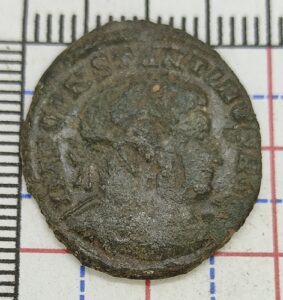
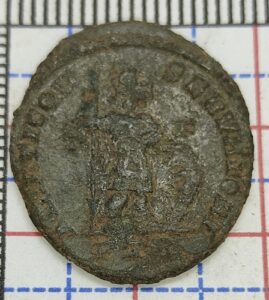
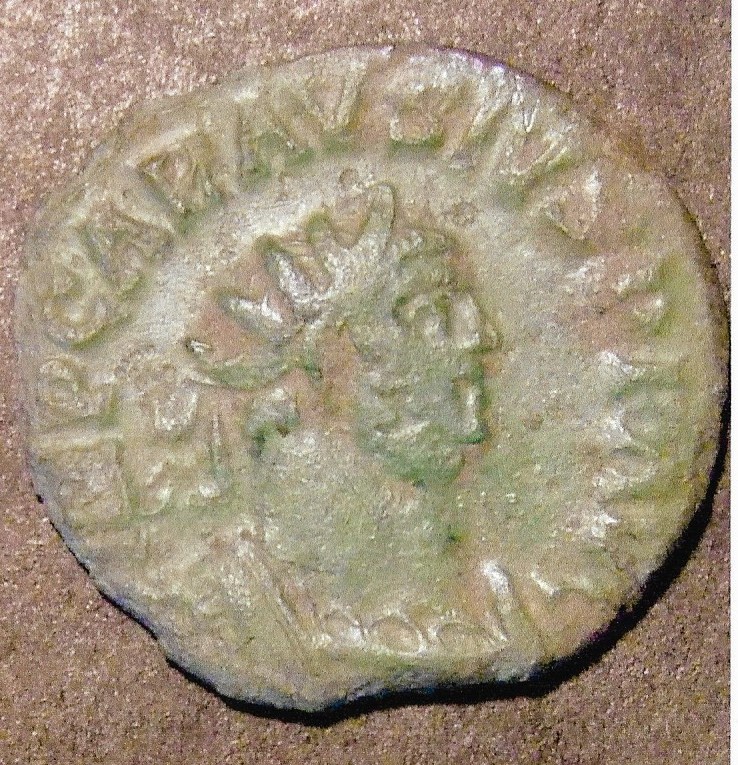
Marcus Aurelius Mausaeus Carausius (died 293) was a man of humble origin who came from Menapia, an area in Belgium. Nevertheless, he rose through the ranks due to a distinguished career. Carausius gained much fame for his military skills during in the campaigns under Emperor Maximianus (286-305AD) against the Franks and the Bagaudae in 286AD under Amandus 285-286AD. Contributor PD
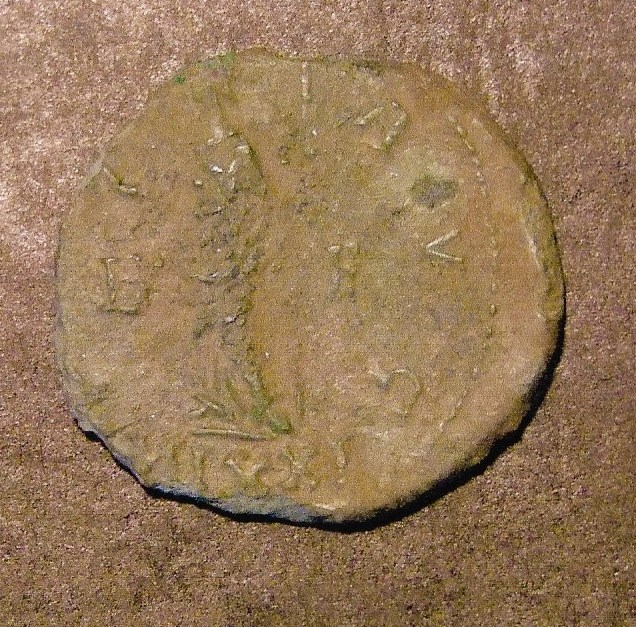
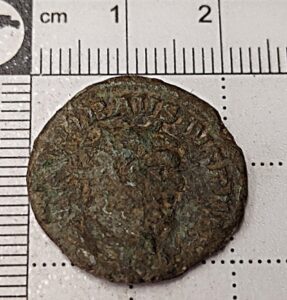
A Carausius AE Ant. found separately from the above in 2024.
Carausius declared himself Emperor of Britain in 273. He held power for only eight years, calling himself “Emperor of the North” before being assassinated by his finance minister Allectus.
Finder anonymous.
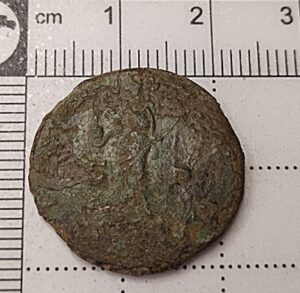
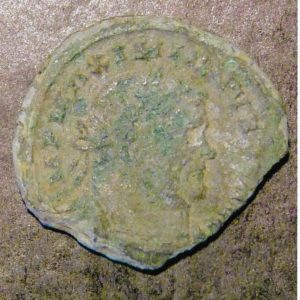
Maximianus, nicknamed Herculius, was Roman Emperor from 286 to 305. He was Caesar from 285 to 286, then Augustus from 286 to 305.
Contributor PD
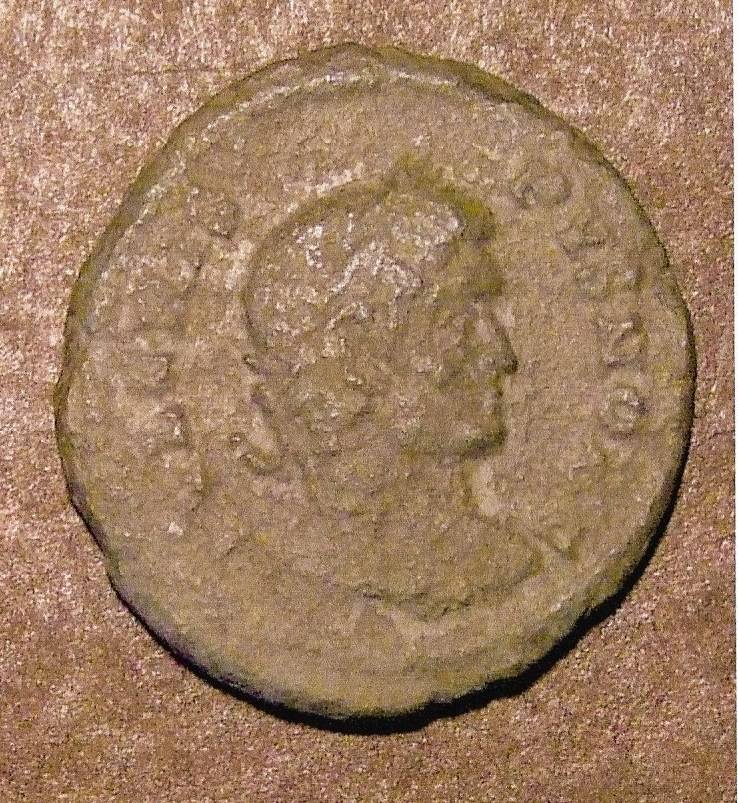
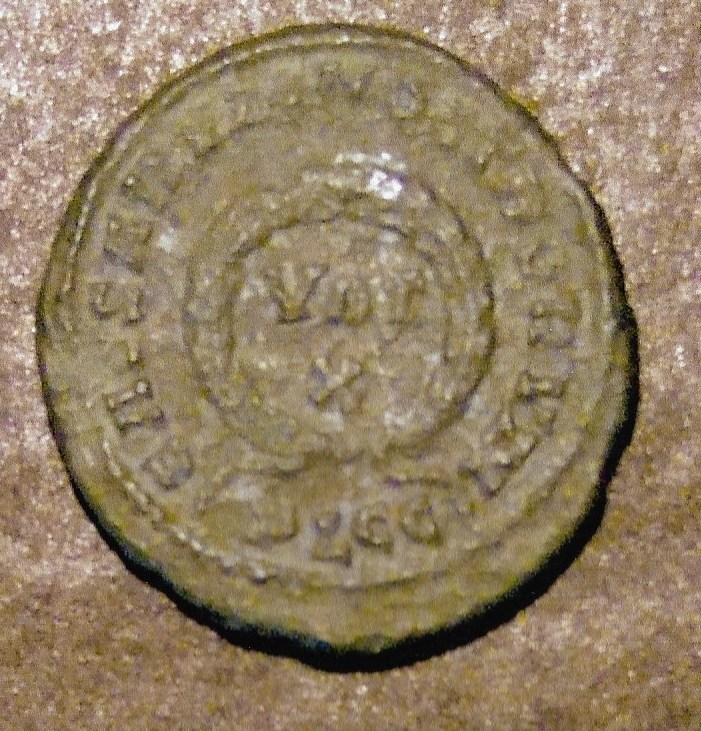
Flavius Julius Crispus was the eldest son of the Roman Emperor Constantine the Great and his junior Emperor (Caesar) from March 317 until his execution by his father in 326.
Contributor PD
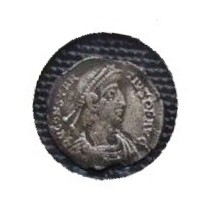
Siliqua of Constatius II (337-361). Called siliqua, the term is one of convenience, as no name for these coins is indicated by contemporary sources. They are thin silver coins which weigh about 2 to 3 grams and became known as siliquae by numismatic convention.
Contributor A.
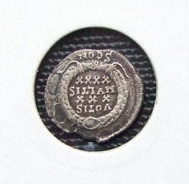
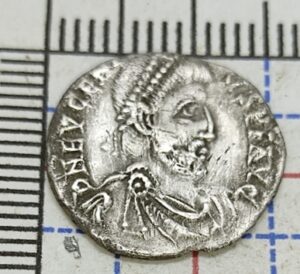
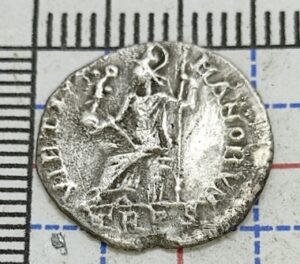
Siliqua of Flavious Eugenius. Minted at Trier, France. Eugenius was a professor of rhetoric who was Emperor for only two years from 392 to 394. He admired the Roman Republic and despised the quarrels between Roman Catholic and Christians so he set about restoring paganism. His birth date is unknown but he died on 6th September 394.
The coin is in poor condition but is an unusual find from an Emperor who only ruled for such a short period.
Found in August 2023 the contributor is anonymous.
